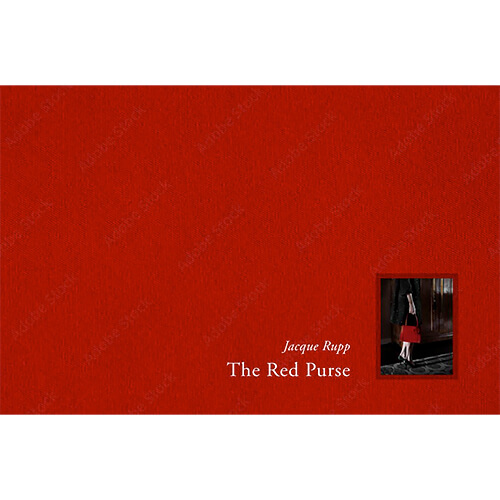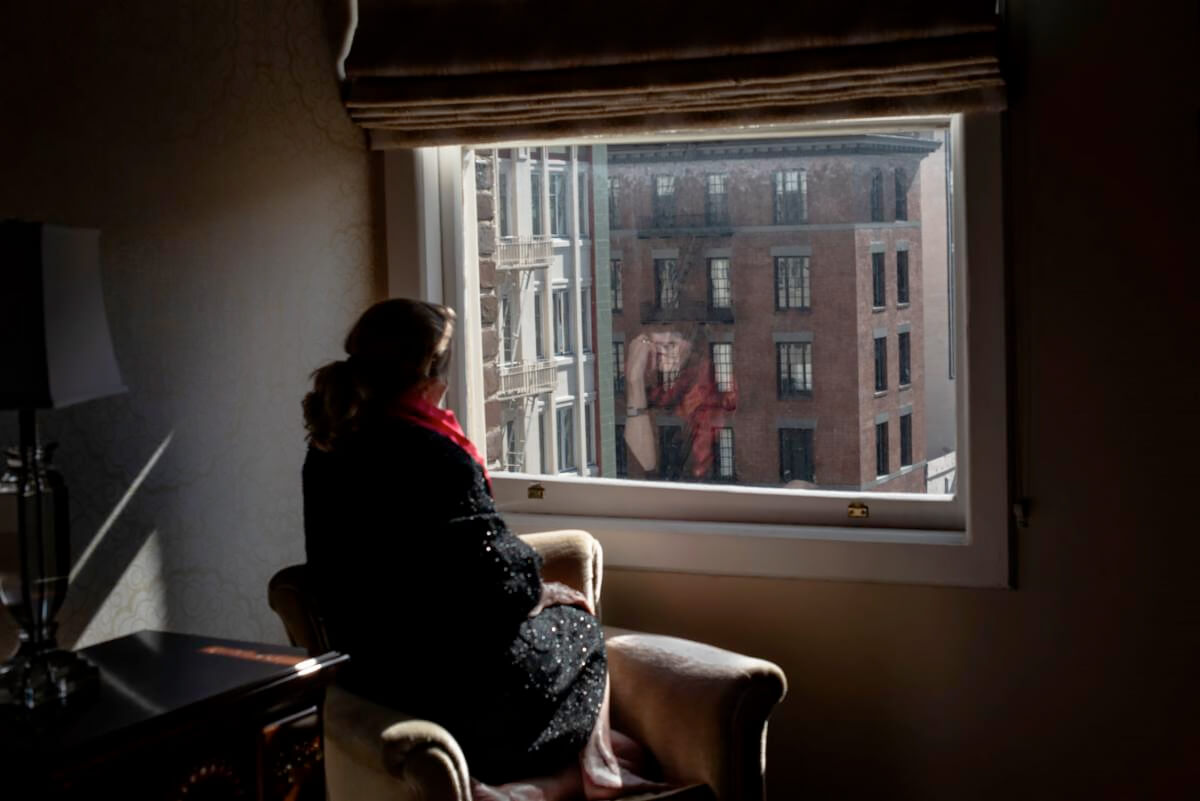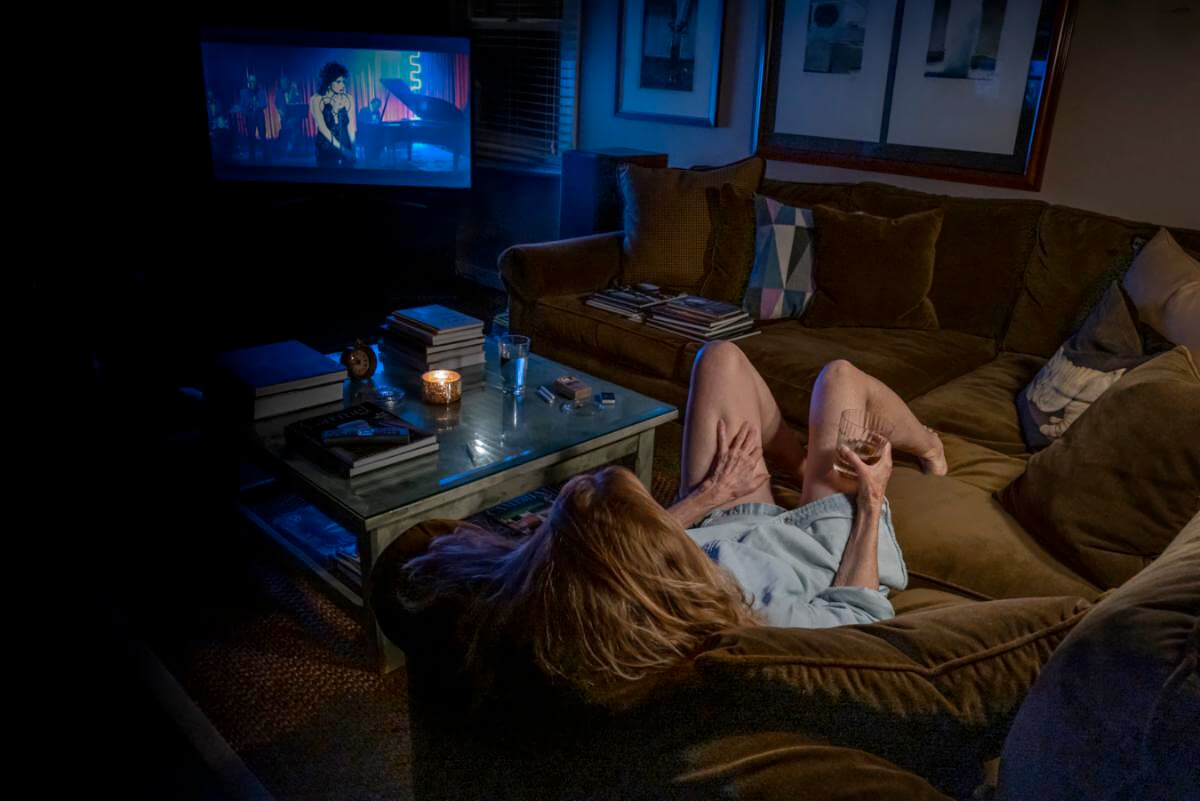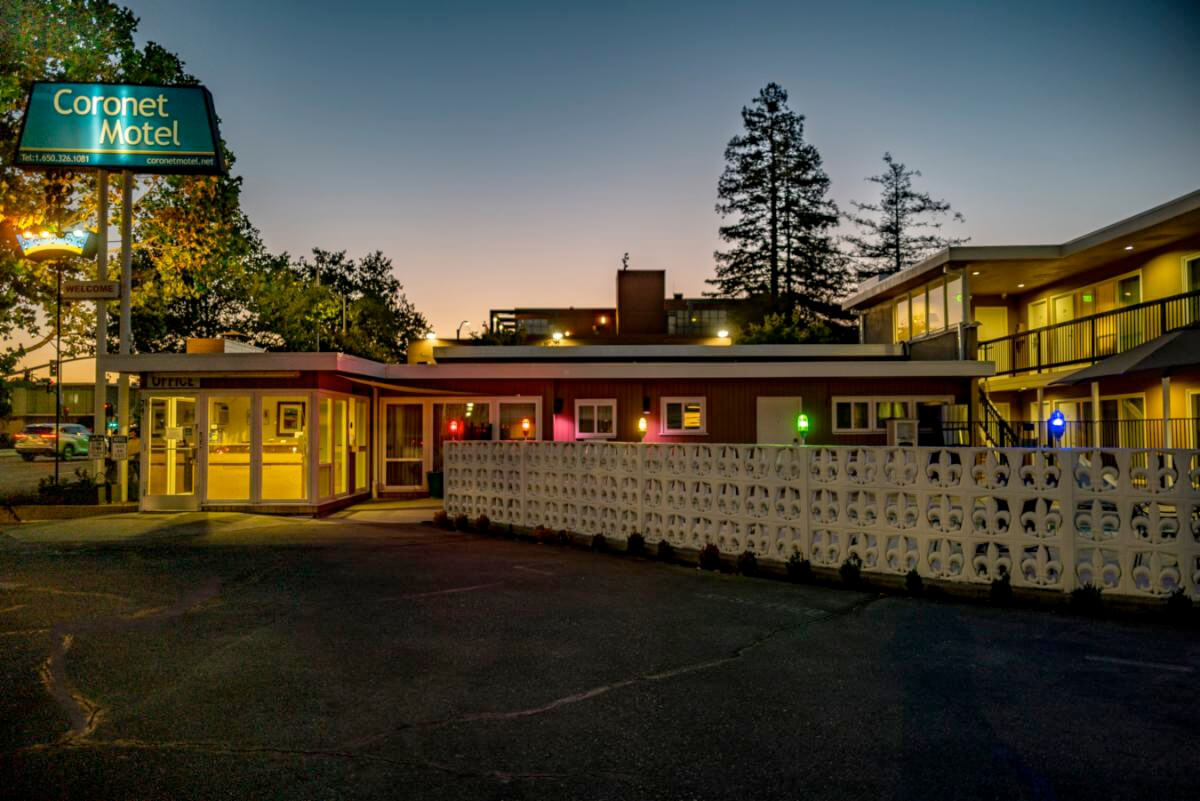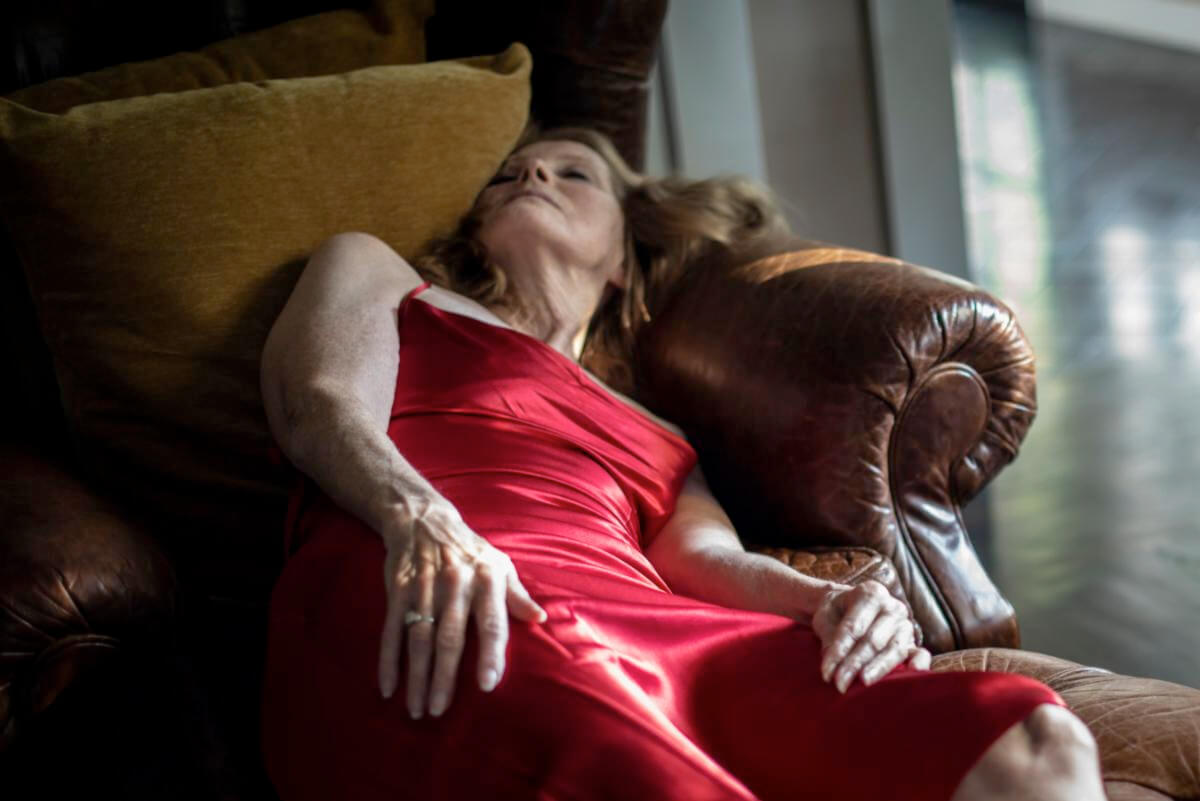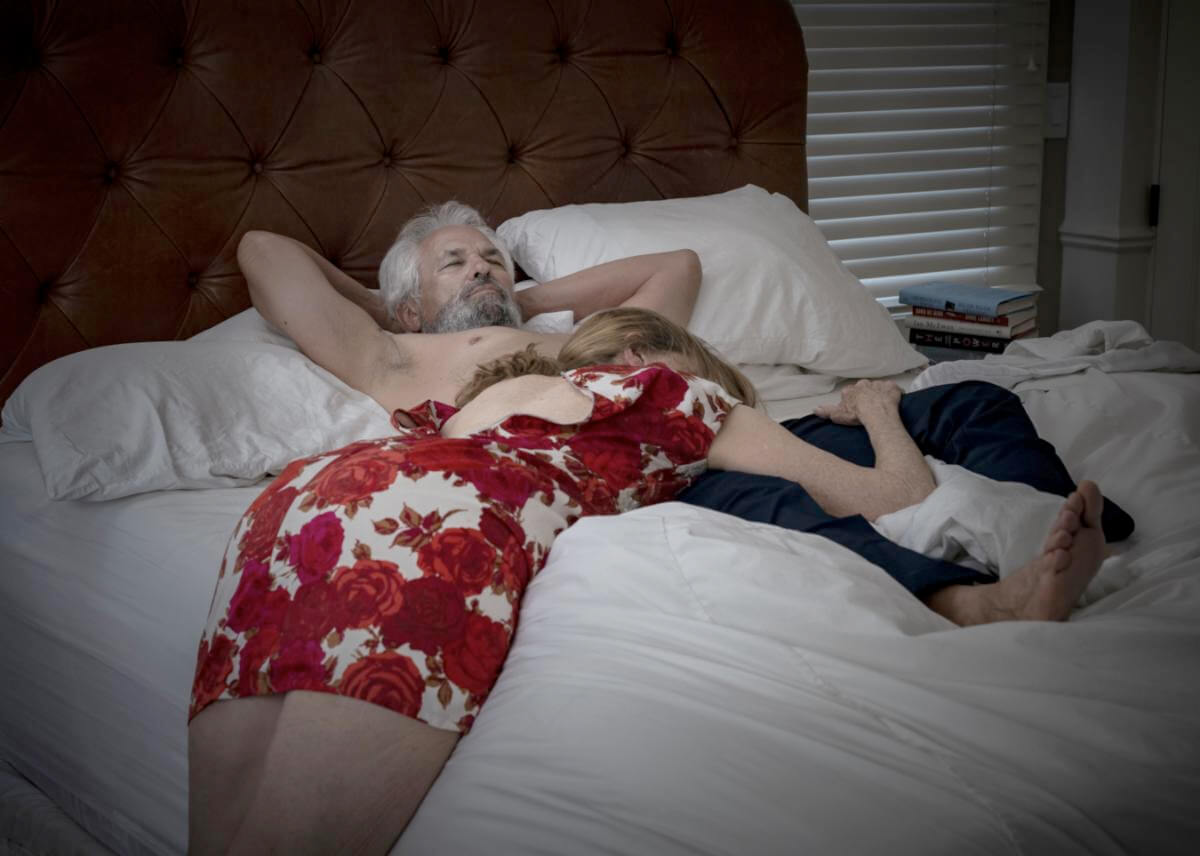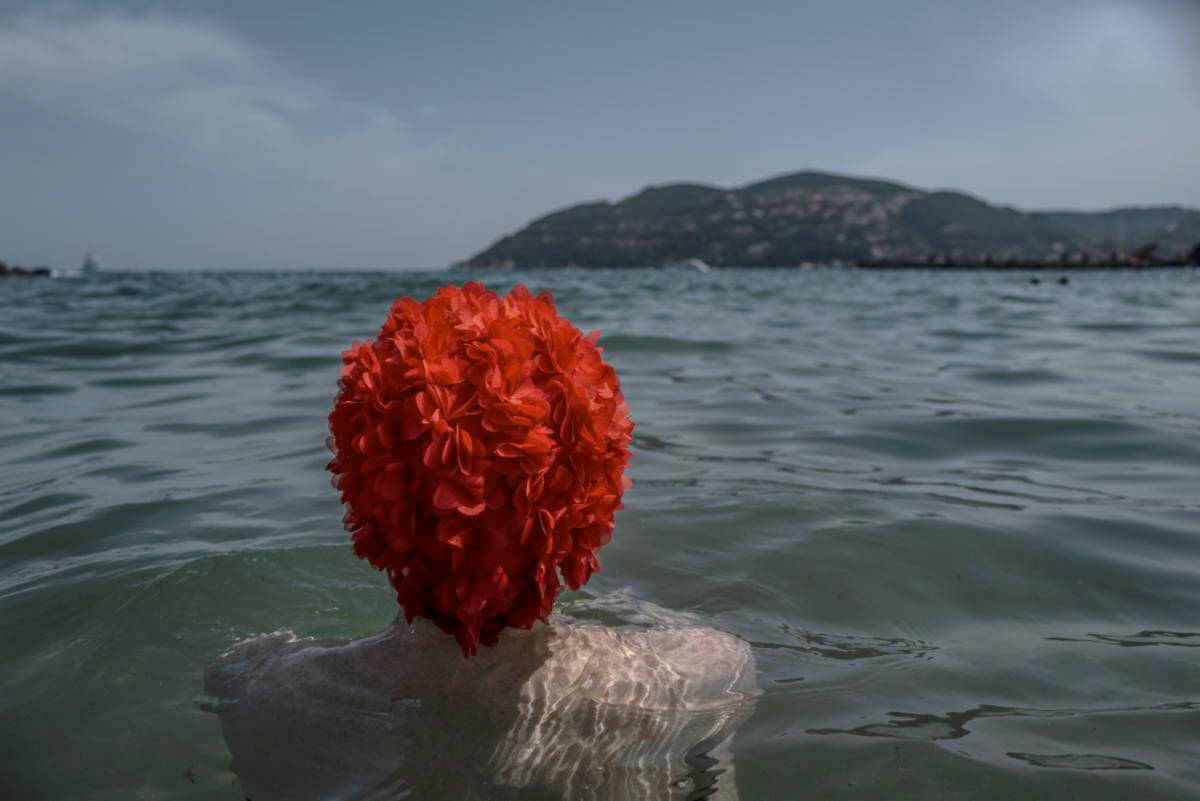''I slowly, cautiously, stepped outside of my grief. First, I sought answers—and comfort— from movies, from books, from dreams. I connected with others, those who had overcome obstacles; I shared my hopes and fears with friends and guides. Then, ever so slowly, I ventured out into the world''–Jacque Rupp
While the clean, tidy stages version of grief has been widely dispelled as mythical, the omnipresent ever-shifting journey version has not. Grief is evidence of love. It is, among many other things, the process of learning and changing and discovering the depths of the human experience. The Red Purse, by photographer Jacque Rupp, is a visual exploration of the rebuilding and reclaiming of her identity after her husband of 25 years died.
Suddenly a young widow with two small boys, Rupp purchased a red purse that represented her commitment to remain vibrant and hopeful as life continued on. In the introduction to the book, Rupp shares, ''The red purse stood as a daily reminder: stand tall, be strong, but make room for femininity, for frivolity, for spontaneity.''
Using herself as the subject, the color photographs have a film noir narrative element in their composition, stretching the autobiographical to fictional through storytelling devices of symbols, metaphors, and moods. The recurring color red, rose imagery, and the purse, to name a few, contribute to this sensibility. This intentional approach allowed Rupp to maintain a sense of anonymity through the persona and freedom while simultaneously re-enacting and creating scenes of deeply interior questions.
In a conversation between Rupp and photographer Elinor Carucci reprinted in the book, Carucci highlights some of the unique elements she observes in Rupp's work. ''The honesty in the sexuality, femininity, identity, and those types of feelings, surprised me, challenged me. Even being a feminist, liberal and open-minded, I was surprised by the conversations we had and are still having about women's issues: widowhood, ageism, sexuality, identity, and feminism. You challenged what it means to be a widow, to be sexual at an older age. I felt connected, inspired. I still remember the first day I saw your work. It was very thought-provoking.''
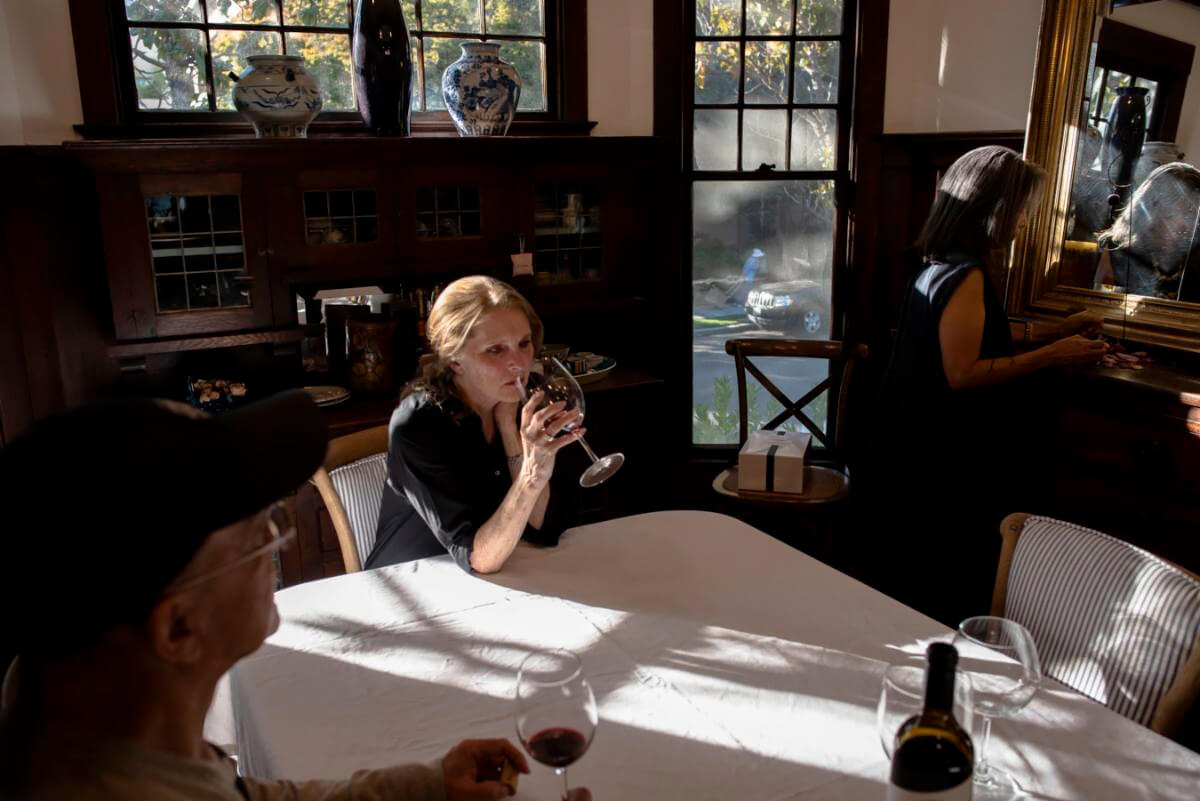
The feminist ownership of self is an important message that helps to translate the images, and Rupp comments on this in her conversation with Carucci, sharing: ''I am a happy person. And I am still a strong, independent woman breaking barriers. I don't want people to feel like I have stepped away from that. It is still a very important part of my identity. I don't want to lose that. I learned both parts of my life can coexist.''
This finding of and recognition of who one is 'still' following the death of someone close is one of the many nuanced parts of the grief process as the years unfold. And like all the other twists and turns of grief, its timeline and presentation is unique to each individual. In her writing, Rupp notes, ''Early grief is a liminal time; life feels very surreal at times. I chose to embrace this; knowing everything was different, and believing anything was possible.”
In her writing for the book Rupp also speaks to how this project spans beyond grief, even if this informed the launch point. She reflects, ''The Red Purse project is, in the end, not a tale of grief but rather a toast to life, to redefining, to flourishing. The Red Purse, a fictionalized account of my story, is meant to inspire, to prompt conversation, to pay tribute to those who have lost, to those who have struggled, and to those who have evolved.''
About the Artist:
Jacque Rupp is a documentary and fine art photographer based in the San Francisco Bay Area. A visual storyteller, Rupp uses the camera to challenge and question, offering a unique perspective on the world around us. In her most recent work, Rupp focuses on womanhood, using herself and her experiences. As the subject matter, Rupp ventures off into the imagined, exploring issues of identity and purpose. Her photographs are held in private collections and have been exhibited widely in juried shows and publications and was selected as a Critical Mass 2022 and 2023 finalist.
About the Contributors:
Elinor Carucci's work has been included in many solo and group exhibitions worldwide and appeared in publications internationally. Her work is in the collections of MoMA, The Jewish Museum, the Brooklyn Museum and many others. She was awarded the ICP Infinity Award in 2001, The Guggenheim Fellowship in 2002 and NYFA in 2010.
Jason Langer's photography is known for its sense of mystery, eroticism and suspense. His work is rooted in universal mystical ideas, his Jewish upbringing, and Buddhist and Jungian concepts. He has published four monographs distributed worldwide and has been published in countless other publications and exhibits.
Ann Jastrab serves as Executive Director for
The Center for Photographic Art. Jastrab has curated many exhibitions for RayKo during her tenure as gallery director – while also jurying, curating, and organizing numerous exhibitions for other national and international venues outside of the San Francisco Bay Area.
About Daylight Books:
Founded in 2003, Daylight seeks out emerging and mid-career photographic artists and showcases them to a global audience via both print and digital publishing programs. By exploring the documentary mode alongside conceptual photographic work, Daylight raises awareness about important issues of the day while revitalizing the relationship between art, photography, and the world at large.
